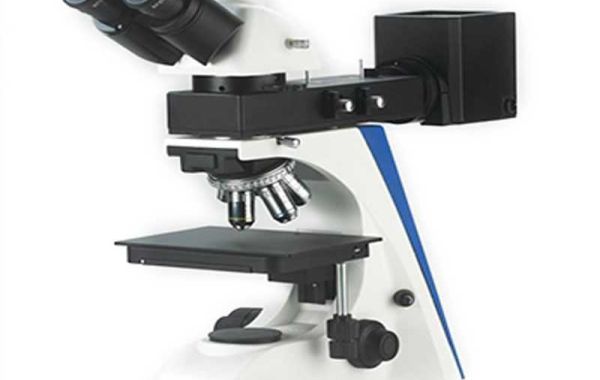Fluorescence microscope is a versatile technique with a wide range of applications in various fields. Here are some of the most common uses:
Biology and Medicine
- Cell biology:Imaging cellular structures, organelles, and proteins.
- Molecular biology:Studying gene expression, protein localization, and protein-protein interactions.
- Immunohistochemistry: Detecting specific antigens in tissues using fluorescently labeled antibodies.
- Developmental biology:Examining the development and differentiation of cells and tissues.
- Neuroscience:Studying the structure and function of the nervous system.
- Pathology:Diagnosing diseases by examining tissue samples.
Materials Science
- Polymer science: Analyzing polymer structure and properties.
- Nanotechnology:Imaging and characterizing nanomaterials.
- Material characterization: Studying the composition and properties of materials.
Environmental Science
- Microbiology:Detecting and studying microorganisms in environmental samples.
- Biochemistry:Analyzing biomolecules in environmental samples.
- Pollution monitoring:Monitoring pollutants in water and air.
Other Applications
- Forensic science: Analyzing evidence in criminal investigations.
- Food science:Examining food quality and safety.
- Pharmaceutical research:Studying drug delivery and efficacy.








